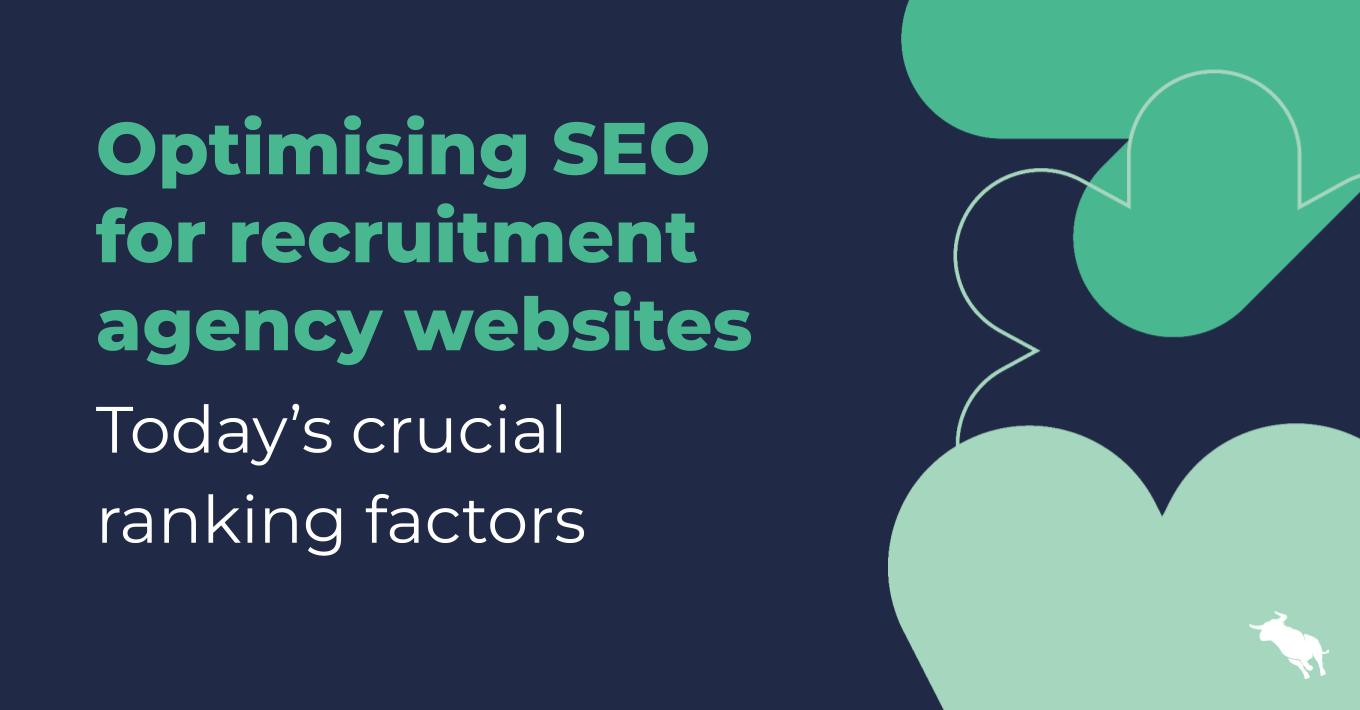4 Ways to Boost Workplace Happiness

When it comes to job satisfaction, what’s the number one consideration for employees worldwide? According to the Indeed Job Happiness Index 2016 – which drew on feedback from around 10 million employer reviews from 35 countries – the answer is work-life balance.
Trumping factors such as management, job security, and compensation, it’s clear that helping employees balance their work and home lives should be a top priority for any company wanting to ensure a happy, satisfied workforce.
To help you out, we’ve put together four simple tips for boosting work-life balance in your organisation.
1. Give remote working a go

With mobile technology advancing at breakneck speed, the traditional notion of work being restricted to the physical office is undergoing a shake-up. As an increasing number of
organisations embrace remote working practices, the advantages of this more flexible approach are becoming abundantly clear.
Providing employees with the option to conduct part of their work from remote locations can afford office workers a much-needed change of scenery and a greater sense of flexibility. Aside from a happier workforce, you’re likely to see improved business results too – US company Best Buy, for example, saw a 35% increase in productivity thanks to its flexible work program.
Make it work:
- Ensure remote workers have access to all the resources they need to work efficiently, such as company documents and software.
- Implement a system that provides managers with visibility into remote working activity to enable accurate monitoring of progress.
- Before commencing a remote work program, put forward clear guidelines and set measurable KPIs for your staff.
2. Take an unlimited approach to holidays
An initiative favoured by many forward-thinking tech companies (ourselves included!), an unlimited holiday allowance can help improve work-life balance for your employees while providing a range of benefits for your business.
Rather than being limited by factors such as leave accrual, workers can decide for themselves when they’re most in need of a break or when a holiday would best fit with non-work commitments. A common misconception is that an unlimited holiday policy is a free-for-all but this isn’t the case. An unlimited holiday policy can be structured in a way that requires workers to require approval, ensuring both business and employee needs are met.
Make it work:
- Identify the pain points in your current holiday policy and aim to solve these through an unlimited leave plan.
- Explain the details of the new initiative to your workforce to ensure the policy’s purpose is understood by all employees.
- Prior to implementation, take care to address any concerns that management may have, particularly around potential misuse of the policy.
3. Put employee health first
 Compared with their less active colleagues, healthy workers display higher rates of morale, motivation, and job satisfaction. What’s more, prioritising the health of your workforce could prove a valuable investment for your business.
Compared with their less active colleagues, healthy workers display higher rates of morale, motivation, and job satisfaction. What’s more, prioritising the health of your workforce could prove a valuable investment for your business.
According to a study by Corporate Wellness Magazine, every $1 invested in employee wellness programs yields roughly $4 in savings through aspects such as reduced sick days and boosted rates of productivity.
World-leading companies like Google boast full fitness facilities, daily exercise classes, and healthy food options for their employees.
Make it work:
- Consider what’s achievable for your organisation. For example, do you have the space to conduct workplace fitness classes or would discounted group membership to a nearby gym be more suitable?
- Identify unhealthy triggers in the workplace, such as junk food vending machines, and offer healthier alternatives like complimentary fruit.
- Invite suggestions from employees to discover what their own health priorities are, then tailor your wellness program accordingly.
4. Make life easier for working caregivers
Facilitating a positive working environment for employees with children is a surefire way to boost work-life balance in your organisation.
For staff members, it makes it easier to balance personal and professional priorities; for your business, it can help to maintain productivity and reduce the risk of losing valuable talent (women who have access to better parental leave options are around 40% more likely to return to work than those without access).
From longer maternity and paternity leave to flexible work arrangements for working parents, different life stages will have different requirements. Consider how your organisation could be doing more to assist workers at every stage of their parenting journeys.
Make it work:
- Make employees part of the conversation to establish which type of parental benefits would assist them the most.
- Think about how your workplace could be more accommodating of working parents, such as baby changing facilities or an onsite creche.
- Focus on building a company culture that is family friendly and actively supportive of its working parent members.
If you’re looking for ways to up the happiness levels in your company, our four tips on work-life balance are sure to brighten up the office!
See Also:
The 4 LinkedIn Mistakes Most Recruiters Make
6 Interview Questions to Test for Emotional Intelligence
5 Recruitment Technology Blogs You Should Subscribe to




